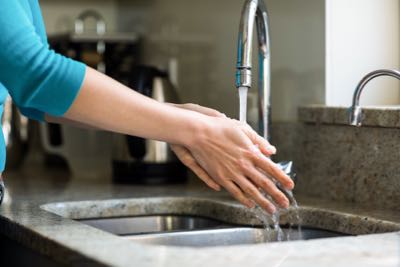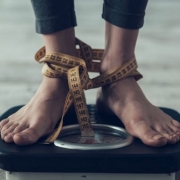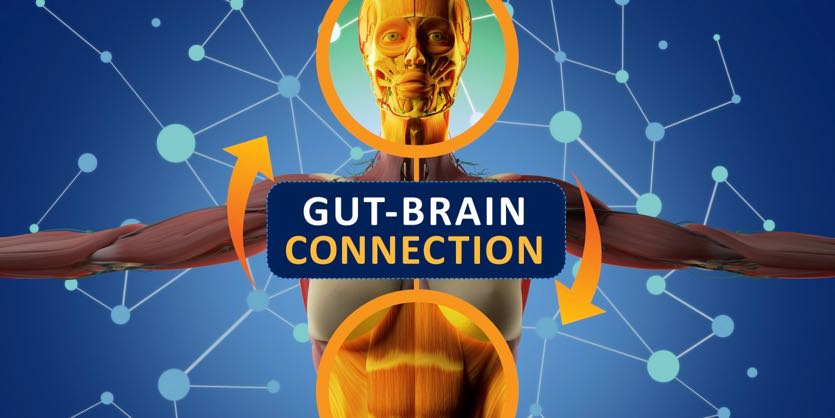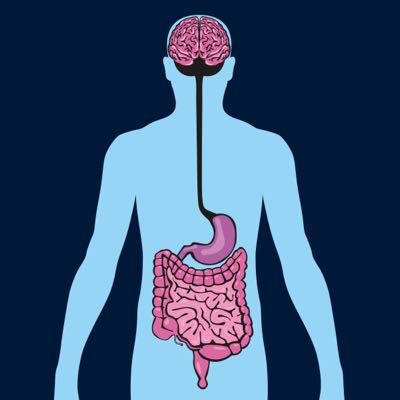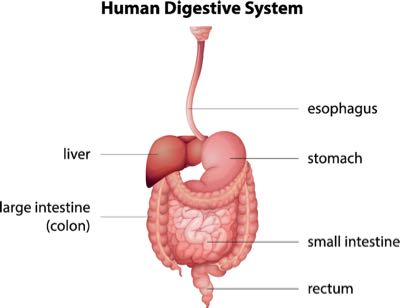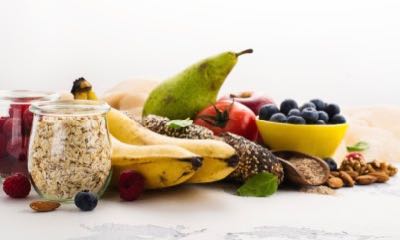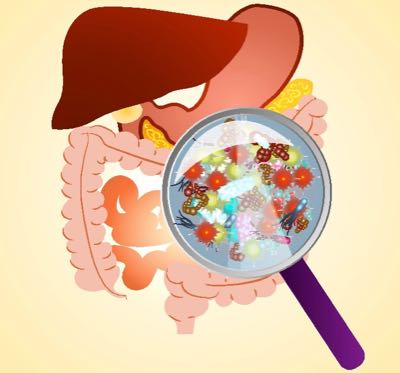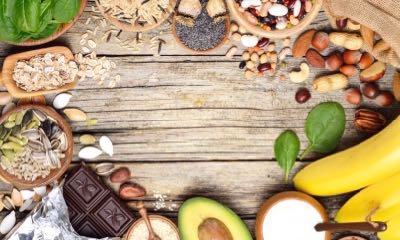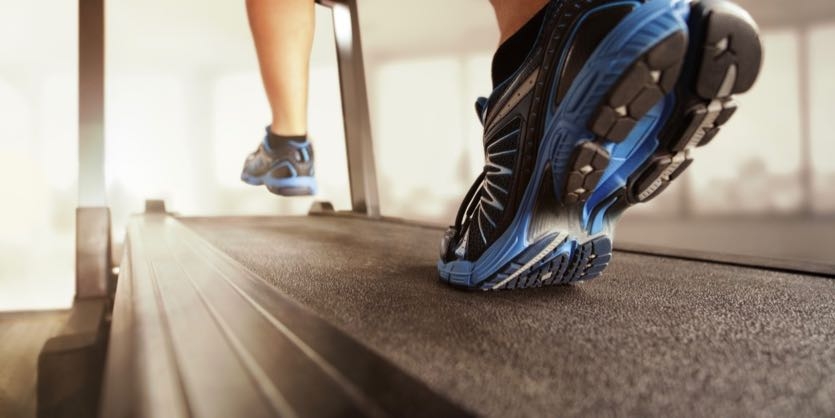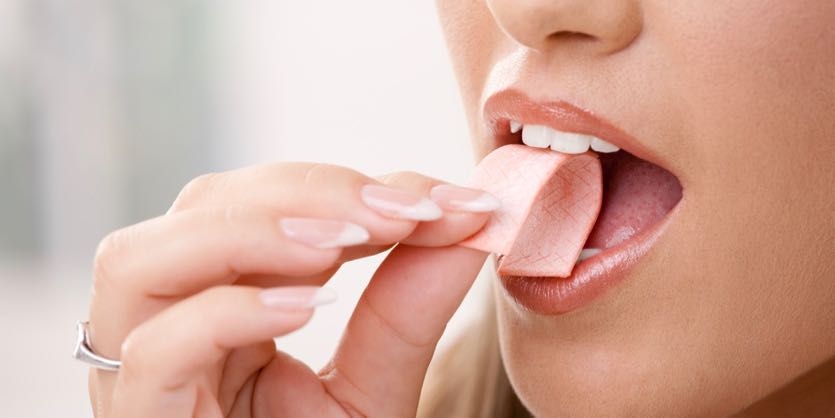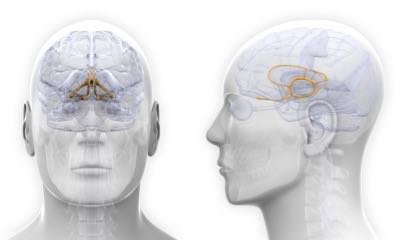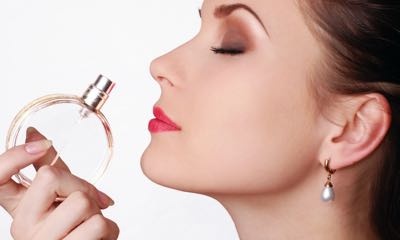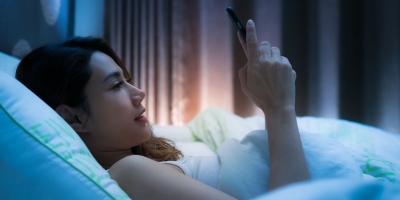
With larger-than-life refrigerators, it can be easy to forget what’s hiding in the back of yours. And as the days on your calendar tick by, the expiration dates on your questionable food items draw near.
But expired foods are only the most obvious and easily avoidable culprits when it comes to proper food safety and preventing food poisoning. There’s many more potential pitfalls, though. Making mistakes when preparing, handling, and cooking food can leave you spending your evening on the bathroom floor.
Food Poisoning: Bad Bug Basics
Improper food safety can lead to food poisoning or foodborne illness. These issues are the result of eating contaminated foods. Contamination can occur when your food is exposed to certain bacteria, viruses, parasites, and/or chemicals, and not properly handled or treated.
You’ll hear about safe food handling below. First, let’s talk about three of the most common bacterial contaminants: Salmonella, Campylobacter, and E. coli. Take a closer look at these bacteria, how they might come in contact with your food, and how to protect yourself.
Salmonella
The Centers for Disease Control in the U.S., estimates that over one million Americans suffer from Salmonella infection each year. Tens of thousands are hospitalized. Young children, the elderly, and those with compromised immune systems are especially vulnerable when they come into contact with Salmonella. Food is the source of nearly all Salmonella infections.
Food sources for Salmonella are contaminated:
- Poultry/meat
- Eggs
- Unpasteurized milk and cheese
- Unwashed raw fruits and vegetables or juice thereof
- Some nuts and spices
Salmonella is often found in intestines, and therefore, the feces of animals—especially reptiles. Since fecal matter often contaminates the living environment of the animal (e.g., a chicken coop), the entire outer surface of the animal can become contaminated. This is how eggs and chicken meat can get infected.
If you come into contact with Salmonella unknowingly, you may experience symptoms including fever, vomiting, diarrhea, and abdominal pain or discomfort. These symptoms can last as long as a week—a painful experience for anyone.
Take precautions to protect yourself from illness by Salmonella. Always wash your hands thoroughly after handling animals. Cook your meat and eggs thoroughly to ensure the bacteria is destroyed (more on temperatures later). Enjoy pasteurized products when available, as this process kills the Salmonella bacteria.
Campylobacter
These bad bacteria affect over one million people in the U.S., every year—and even more worldwide. Again, young children, older folks, and those with weakened immune systems are more vulnerable to severe illness after Campylobacter infection.
The organs of animals (e.g., intestines and liver) are the most common home for Campylobacter bacteria. When animals are slaughtered for meat, the bacteria can spread, infecting more widely consumed parts of the animal. Campylobacter can also be spread through fecal matter touching other parts of the animal, nearby produce, or water sources.
Symptoms of a Campylobacter infection include fever, abdominal cramping, vomiting, and diarrhea (often bloody). These symptoms can last for only a couple of days to well over a week.
Take care to avoid Campylobacter infection by cooking meat thoroughly—especially poultry—to safe minimum temperatures. For poultry, the safe minimum temperature is 165 degrees Fahrenheit or 74 degrees Celsius.
E. coli
There are many harmless strains of E. coli … and then there are the few that can make you quite sick. The harmful strains can be found in animals—mainly cows, sheep, and goats. The bacteria are easily passed from these animals to their environment. This can contaminate the animals’ outer bodies and potentially their water sources. These contaminated water sources can also spread E. coli (or other bacteria) to vegetables. That happens when water is infected by animals and used to irrigate vegetable crops.
Symptoms of E. coli infection include vomiting, abdominal pain, and diarrhea (often bloody). An E. coli infection can escalate into a more alarming condition known as hemolytic uremic syndrome (HUS). This can affect your red blood cells and, subsequently, your kidneys. If HUS develops, medical attention is necessary.
You can take easy and proper precautions to protect yourself from E. coli infection. It can be avoided by routinely washing your hands (before food preparation; after using the bathroom or changing an infant’s diaper; and when you’ve touched cows, sheep, goats or their environment). Cooking beef and other meats properly also helps. And avoiding unpasteurized milk and cheeses will help protect you from E. coli.
Simple Safety Steps
You might have noticed a theme to the safety steps touched on above. There are four key steps as you buy, prepare, handle, store, and cook your food. They are: clean, separate, cook, and chill.
-
Clean
Above, you read about the importance of washing your hands. In addition, don’t forget the surfaces on which you handle food, and the containers you use to store it. This is especially true of animal-based products like meats and cheeses.
Keeping your hands and surfaces clean is also a time issue. Make sure that any time you touch raw meat you wash your hands immediately. The same goes for surfaces and other kitchen utensils used—clean them right after use. Bacteria can live on these surfaces for some time. Without quick and proper washing, your kitchen (and hands) can become a bacterial breeding ground.
-
Separate
Once your hands and surfaces have been washed, it’s still possible for germs and harmful bacteria to spread. Food separation is what keeps cross contamination from occurring.
Keep animal-free products separate from animal-based products. That means fruits and vegetables are handled separately (and with separate utensils) from meat, seafood, poultry, and eggs.
Food separation starts at the grocery store. When you’re shopping, bag meats and other animal products separately from other food items. Grocery baggers usually take care of this on their own, but an extra watchful eye won’t hurt.
Once you’re home and preparing the food, use separate utensils (knives, spatulas, etc.) for animal-based products. The same goes for food storage. Store meat and other animal products separate from other food. This is especially important if the meat is raw.
-
Cook
Bacteria feel especially at-home in your food between 40 and 140 degrees Fahrenheit, 4 to 60 degrees Celsius. This temperature range is when bacteria can most easily multiply. To keep your food safe, make sure you’re heating well above this range. Not sure what the appropriate temperature is? Check out the table below before you cook your next meal.
| Meal or Food Product | Minimum Internal Temperature | |
| deg F | deg C | |
| Beef, pork, veal, & lamb (bone-in) | 145 | 63 |
| Ham | 145 | 63 |
| Seafood | 145 | 63 |
| Minced fish (fishcakes) | 158 | 70 |
| De-boned, ground, or minced meats | 160 | 71 |
| Eggs | 160 | 71 |
| All poultry | 165 | 74 |
| Leftovers | 165 | 74 |
| Casseroles | 165 | 74 |
| Stuffing (inside meat) | 167 | 75 |
Often when eating in large parties, it’s typical to dish up your plate from a common pot and sit down to eat. It’s important to remember that part of food safety is keeping cooked food hot until it’s stored in the refrigerator. Ensure your pots of food are held at 140 degrees Fahrenheit (60 degrees Celsius) or more before sitting down to enjoy your meal.
-
Chill
Bacteria can grow in your food if it’s not properly chilled within two hours of preparing or cooking. So, it’s important to store your foods properly—and quickly. The advice to let foods cool before placing them in the fridge is a myth. Don’t wait to get foods into refrigeration.
Once you’re done eating, make sure that your food is stored separately (as appropriate; see above), and placed in the refrigerator or freezer within the two-hour window. Breaking up extra-large portions into smaller containers will also help ensure your food is chilled quickly.
What about the reverse? A common misconception is that meat and other food can be safely thawed on the counter at room temperature. This is wrong. It’s unsafe! Room temperature is an inviting range for bacteria to thrive. Thaw frozen meats and other foods well ahead of time by moving it into the refrigerator. If you’re really in a hurry, consider a bowl of cold water or the microwave for a quicker thaw.
Final Food For Thought
Now you’re ready to head into the kitchen. You’ve tossed out expired or questionable food items. You’ve learned about foodborne pathogens to avoid. And you’re armed with food safety knowledge. But before you get into gourmet mode, let’s review some simple and helpful tips to keep you healthy in the kitchen:
- Thoroughly clean and wash all fruits and vegetables. They can be contaminated before they even reach your home, either during harvesting or shipping.
- Consider buying separate cutting boards for produce and meat. Some retailers sell a package of multiple cutting boards of different colors or with images of the board’s appropriate use etched into each one.
- Invest in a food thermometer. Armed with the minimum internal temperature chart above, you’ll know when your favorite foods are ready to eat.
- When buying meat at the store, wrap it in a plastic produce bag after receiving it from the butcher. That way if your purchases wind up in the same bag, there’s already a secondary barrier in place.
- Wash as you go. Cleaning up after yourself while cooking makes the post-meal cleanse faster. It will also keep you from inadvertently cross-contaminating other surfaces or utensils.
Bon Appetit
Time to cook! Know that you have the knowledge, and now you just need the inspiration. Check some healthy recipes to spark your kitchen creativity. Happy cooking!
About the Author
Jenna Templeton is a health educator and freelance science writer living in Salt Lake City, Utah. After receiving a bachelor of science degree in chemistry from Virginia Tech, Jenna spent five years as a research scientist in the nutritional industry. This work fueled her interest in personal wellness, leading her to pursue a graduate degree in Health Promotion & Education from the University of Utah. Outside of work, Jenna enjoys live music, gardening, all things food, and playing in the Wasatch mountains.
References
https://www.cdc.gov/foodsafety/index.html
https://www.cdc.gov/foodsafety/foodborne-germs.html
https://www.cdc.gov/narms/disease.html
https://www.foodsafety.gov/poisoning/causes/bacteriaviruses/salmonella/index.html
https://www.cdc.gov/salmonella/general/prevention.html
https://www.foodsafety.gov/poisoning/causes/bacteriaviruses/campylobacter/index.html
https://www.cdc.gov/campylobacter/prevention.html
https://www.foodsafety.gov/poisoning/causes/bacteriaviruses/ecoli/index.html
https://www.foodsafety.gov/keep/basics/clean/index.html
https://www.foodsafety.gov/keep/basics/clean/index.html
https://www.foodsafety.gov/keep/basics/separate/index.html
https://www.foodsafety.gov/keep/basics/cook/index.html
https://www.foodsafety.gov/keep/basics/chill/index.html
https://www.safefood.eu/Food-safety/Cooking/Cooking-meat.aspx




